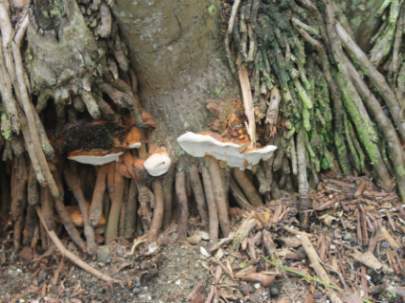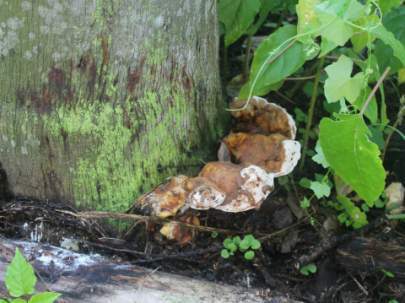Ganoderma aka Butt Rot of Palms
What is this Ganoderma we are hearing about?
Ganoderma is a fungus that rots the lower part (4-5ft) of a palm trunk. Early symptoms of the disease are mild to severe wilting of the palm fronds. The tree may be a slow grower, have off-color fronds and show general decline. The fungal disease is commonly diagnosed when a mushroom like growth called a “conk” appears on the trunk of the tree. This fungus is then spread by air and water through the spores which are released from the conk.


Ganoderma is widespread throughout South Florida.




